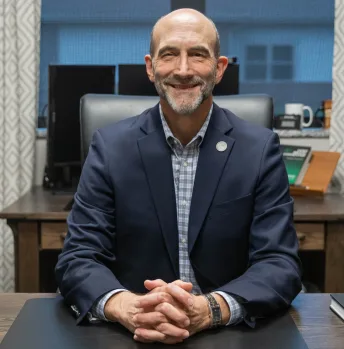Shepherdology: A Pastor’s Friend podcast Episodes 21 & 22 address essential steps for a pastor to follow when leading through change.
Episode 21 – Essential Steps to Leading Through Change (Part 1)
A concise outline of what I covered is below.
Also, here is the link to Leading Through Change Without Splitting the Church, an article I referred to which is very helpful.
1. Start with Why
- Scripture
- Mission, Objectives, Plan
- What is our purpose? What is the desired outcome? What will our church look like in 5 years if we take this step of growth? 10 years?
2. Prayerfully Evaluate
- Is there a biblical basis for this step of growth?
- Why are we considering this? Intentional or reactive?
- Who would it help?
- Who would it impact negatively?
- What are the negatives of doing this?
- What are the unintended consequences?
- What is the worst thing that could happen if we take this step? The best thing?
- Is there consensus among the pastoral team? What about the deacons?
- What do we believe is the best way to move forward?
The law of unintended consequences: Any significant organization will have reactions that extend well beyond the change itself. Thom Ranier
Categories of people’s receptivenesss to change:
5% Eager for change. This group is wondering what’s taking you so long.
20% Open to change. They need to understand the details of the change, but they typically will be okay with it.
30% Followers. They tend to move where the loudest and most convincing voices are.
25% Resistant to change. They like the church just the way it is.
20% Highly resistant to change. This group is not much fun.
from Who Moved My Pulpit?: Leading Change in the Church by Thom S. Rainer
3. Teach truth that prepares the congregation.
4. Establish a realistic timetable.
5. Patiently respond to questions and resistance.
6. Lead by objective.
7. Communicate, communicate, communicate.

